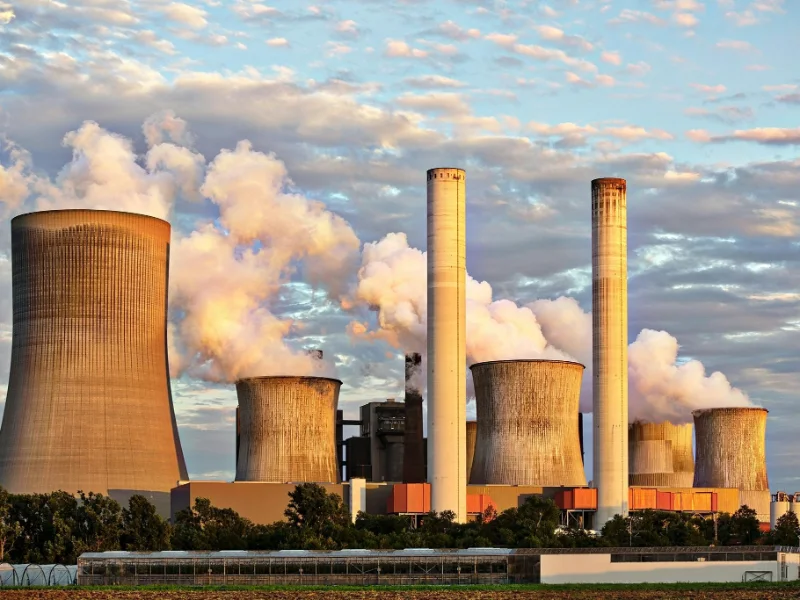- Uranium is the main fuel for nuclear reactions, and uranium 235 extracted from mined uranium ore is needed because it can effectively undergo fission reactions.
- Currently, uranium mines in the United States are mainly produced in the western region of the United States, and fuel is transported to all parts of the country.
Atoms are tiny particles in the molecules that make up gases, liquids, and solids. Atoms are made up of three types of particles, namely protons, neutrons, and electrons. Atoms have a nucleus (or core) that contains protons and neutrons, surrounded by electrons. Protons have a positive charge, and electrons have a negative charge. Neutrons have no charge. There is a huge amount of energy in the bonds that hold the nucleus together. When these bonds break, this nuclear energy can be released. These bonds can be broken through nuclear fission, and this energy can be used to generate (electricity). Just like the sun is essentially a huge balloon of hydrogen, fusion is taking place and releasing huge amounts of energy in the process.
Also read: Amazon pays $650 million for a nuclear-powered data centre
Also read: US looks to nuclear to address AI data centre power shortage
How nuclear energy is produced
1.In nuclear fission, atoms split and energy is released. All nuclear power plants use nuclear fission, and most use uranium atoms. During nuclear fission, neutrons collide with uranium atoms and split, releasing a lot of energy in the form of heat and radiation. When uranium atoms split, more neutrons are released. These neutrons continue to collide with other uranium atoms, and the process repeats itself. This process is called a nuclear chain reaction. Nuclear power plant reactors control this reaction to produce the required heat.
2. Nuclear energy can also be released through nuclear fusion, where atoms combine or fuse together to form larger atoms. Nuclear fusion is the source of energy for the sun and stars. Developing technology to use nuclear fusion as a source of heat and electricity is a topic of ongoing research, but it is unclear whether it is commercially viable because nuclear fusion reactions are difficult to control.
Nuclear fuel: Uranium
Uranium is the most widely used fuel for nuclear fission in nuclear power plants.
Uranium is the most commonly used fuel for nuclear fission in nuclear power plants. Uranium is a common metal that is found in rocks throughout the world. Uranium occurs in combination with small amounts of other elements. Economically recoverable uranium reserves are located in the western United States, Australia, Canada, Central Asia, Africa, and South America.
Uranium production in the United States peaked in 1980, and uranium purchased by U.S. nuclear power plant operators from domestic suppliers peaked in 1981. Since 1992, most of the uranium purchased by U.S. nuclear power plant operators has been imported.
Uranium is a non-renewable metal, and nuclear power plants use a form of uranium called U-235 as fuel because its atoms split easily. Although uranium is 100 times more common than silver, U-235 is relatively rare.
Most of the U.S. uranium is mined in the western United States. Once uranium is mined, uranium-235 must be extracted and processed before it can be used as fuel.

